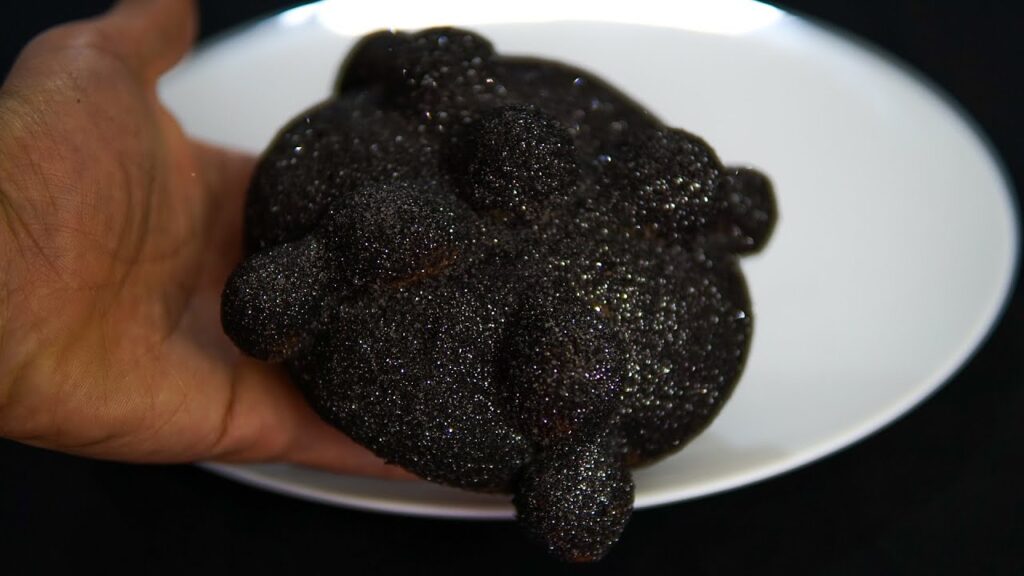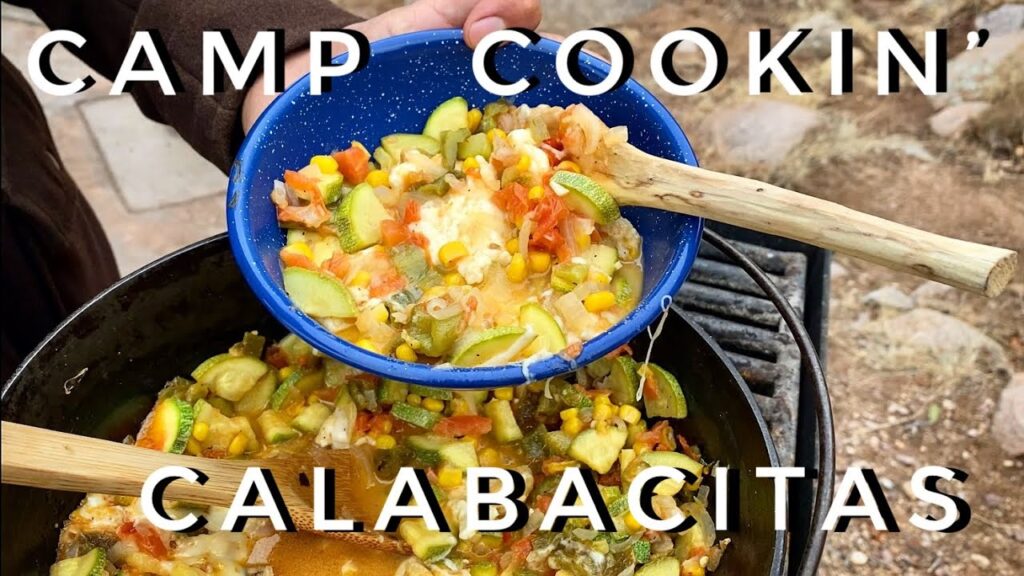Discover the Unique Tradition of the Black «Pan de Muerto»
Every year, as October winds down and the first chills of autumn are felt in the air, Mexico starts preparing for one of its most iconic celebrations: Dia de los Muertos, or Day of the Dead. Central to this tradition is a special bread known as «Pan de Muerto». While many are familiar with the traditional sugar-dusted versions of this sweet treat, fewer are aware of a unique variant that hails from specific regions of Mexico: the black «Pan de Muerto».
The black «Pan de Muerto» gets its distinctive color from an ingredient that is deeply intertwined with Mexican cuisine—charcoal. This type of charcoal, edible of course, doesn’t only give the bread its inky hue but is also believed to have health benefits. Eating this black bread is not only an homage to the deceased; for many, it symbolizes purification and the absorption of negative energy from the year past.
The making of black «Pan de Muerto» is a time-honored tradition, with recipes passed down through generations. Artisanal bakers take pride in crafting the bread with meticulous attention to detail, often adding hints of traditional flavors such as orange blossom water or anise seeds. The dough is shaped into round loaves or into forms that resemble bones and skulls, reflecting the day’s focus on the cycle of life and death.
Though this version of Pan de Muerto is less common than its lighter counterpart, it is gaining popularity among food enthusiasts and cultural adventurers alike. Those who are lucky enough to visit Mexico during this festive time are encouraged to seek out this unique treat. It’s more than just bread; it’s a way to connect with the local customs and understand the rich tapestry of traditions that make the Day of the Dead a feast for the soul as much as for the palate.
Unveiling the Secret Ingredient: Totomoxtle Ash
Delving into the heart of Mexico’s vibrant traditions, we uncover the rustic charm of Totomoxtle Ash, a secret ingredient that has been passed down through generations of indigenous communities. This intriguing substance is more than just the remnants of burnt corn husks; it is a product born out of a profound connection with nature and the resourceful spirit of Mexican culture. Totomoxtle ash is used with finesse across various gastronomic and ceremonial practices, adding depth and character to local cuisine.
Historically, the rituals of preparing Totomoxtle ash have been steeped in the wisdom of the elders, who valued the corn plant for its life-sustaining properties. The husks, once deemed mere agricultural waste, are carefully collected and transformed through an ancient process of burning at just the right temperature to yield a fine, potent ash. It’s this very ash that unveils complex flavors in traditional dishes, revealing the exuberance of Mexican culinary heritage.
In Mexican gastronomy, Totomoxtle ash is celebrated for its alkaline properties that work wonders in the nixtamalization process of corn dough, or masa. This procedure not only enhances the nutritional value of corn products but also imparts a unique flavor and texture that is integral to signature foods like tortillas, tamales, and atole. The ritualistic use of Totomoxtle ash symbolizes a cherished link between the food, the land, and the cultural identity of Mexico’s people.
Away from the kitchen, Totomoxtle ash finds its place in the vivid tapestry of Mexican folk art, lending its hues to paint and pottery, and contributing to the earthy palette that colors traditional artefacts. As such, the discovery of Totomoxtle ash’s role in Mexico’s travel and adventure landscape offers an authentic glimpse into the enchanting tales woven into the everyday life of local communities. The ash is not just the backbone of many Mexican flavors but also a testament to the nation’s soulful connection to its ancestry and land.
Why the Black «Pan de Muerto» is a Must-Have for Your Offering
The Black «Pan de Muerto» is a unique variation of the traditional Mexican bread offered during the Dia de los Muertos, or Day of the Dead festivities. This bread is more than just a culinary delight; it’s infused with significant cultural symbolism and history. The deep black color is not commonly found in everyday Mexican baked goods, making it a standout item in any offering. It encapsulates the spirit of remembrance, meant to honor those who have passed on to the next life.
One of the distinct features of the Black «Pan de Muerto» is its rich flavor profile. The dark hue comes from the addition of charcoal or other edible natural dyes, which are thought to represent the Earth’s fertility and the cycle of life and death. This bread also often contains ingredients like anise seed and orange blossom water, which impart a subtle, fragrant aroma that complements the deeper, earthier tones provided by the color. As a result, the Black «Pan de Muerto» becomes an offering that not only symbolizes the depth of the Mexican tradition but also provides a sensorial experience that connects the living with the memories of their loved ones.
Incorporating the Black «Pan de Muerto» into your Day of the Dead offering carries a profound message of respect and longing for those who are no longer with us. It serves as a visual and gustatory connection between ancient pre-Hispanic rituals and modern Mexican practices. When families and friends gather around altars adorned with marigolds, candles, and photographs, the presence of the Black «Pan de Muerto» asserts a bold statement of love and recognition, emphasizing the importance of keeping tradition alive in one’s heart and on one’s table.
The Cultural Significance of «Pan de Muerto» in Mexican Tradition
Pan de Muerto (Bread of the Dead) holds a special place in Mexican culture, particularly during the season of Día de Muertos (Day of the Dead), a celebration which spans from October 31st to November 2nd. This traditional bread is not only a culinary delight but also a symbol of remembrance. Artisans and bakers across Mexico prepare this sweet bread by infusing it with flavors such as orange blossom and anise. Its unique round shape, often adorned with bone-shaped pieces of dough, represents the cycle of life and death, an inherent element of the indigenous and Spanish cultural amalgamation present in Mexican heritage.
The consumption of Pan de Muerto is deeply ritualistic and is often shared among family members while paying homage to their deceased loved ones. The bread is typically placed on altars dedicated to the departed, alongside marigolds, candles, incense, and other items significant to the deceased individual. This offering is believed to attract the souls of the dead, guiding them back to the world of the living for a brief reunion during the Día de Muertos festivities. As such, Pan de Muerto serves not only as sustenance but also as a bridge between the dead and the living.
Beyond its role in the Día de Muertos celebration, Pan de Muerto has also become a cultural emblem of Mexican identity that resonates with the Mexican diaspora around the world. Through this simple yet profound bread, stories, customs, and values are passed down from generation to generation. The sweet aroma and distinctive taste of Pan de Muerto thus become a sensory vessel carrying cherished memories and uniting families across geographic and temporal divides in celebration of a shared heritage.
How to Incorporate the Black «Pan de Muerto» into Your Day of the Dead Festivities
The Day of the Dead is a vibrant and colorful Mexican holiday where families and friends gather to honor and remember their deceased loved ones. Central to this celebration is the traditional «Pan de Muerto,» a sweet bread that has taken on new variations over time, including the striking black version. Here’s how you can incorporate this unique twist into your festivities.
Explore the Symbolism: Before integrating black «Pan de Muerto» into your celebrations, understand its significance. The bread’s round shape represents the cycle of life, and the dough decorations on top symbolize bones and tears. The black color, often achieved with edible charcoal or dark sugars, adds a modern spin reflecting the connection with death and the afterlife in the festival.
Create a Thematic Altar: Your offering altar, or «ofrenda,» is the perfect place to showcase the black «Pan de Muerto.» Adorn your altar with marigold flowers, photos of the departed, and candles, then place the bread as a centerpiece. It’ll stand out against the bright colors typically used, creating a visually striking offering that respects tradition with a contemporary edge.
Pair with Traditional Dishes: The unique color of this «Pan de Muerto» variant can be complemented by traditional Day of the Dead dishes. Serve it alongside «mole negro,» a rich, dark sauce that echoes the bread’s color, or pair it with vibrant «calaveritas de azucar» (sugar skulls) to offset its deep hue and add a playful contrast to your meal.
Baking as a Family Activity: Involve your family and friends in the baking process. Making black «Pan de Muerto» can be a fun and educational experience where you can share the stories of loved ones and reflect on the meaning behind the bread’s symbolism. Plus, by baking it yourself, you can control the intensity of the color and flavor, customizing it to your group’s preference.
Where to Find the Best Black «Pan de Muerto» with Totomoxtle Ash in Mexico
Mexico’s rich cultural tapestry weaves together a vast array of traditional foods that are as much a feast for the eyes as they are for the palate. One such delicacy that stands out, particularly during the Día de Muertos (Day of the Dead) celebrations, is the «Pan de Muerto.» But not just any «Pan de Muerto» – we are talking about the black version, made with totomoxtle ash, which has begun to gain popularity for its unique flavor and color.
In Mexico City, there’s a little-known bakery in Coyoacán that is said to produce the finest black «Pan de Muerto.» Artisan bakers here have perfected the recipe by incorporating ash derived from totomoxtle (corn husks), creating a bread that balances tradition with a distinct modern appeal. The black color not only adds to the thematic celebration of life and death but also imparts a subtle smokiness that complements the sweet bread wonderfully.
Oaxaca, a state known for its culinary innovation and adherence to traditional practices, is another hotspot for this unique baked good. During the weeks leading up to Día de Muertos, local bakeries in Oaxaca start producing the black «Pan de Muerto» in small batches. These regional breadmakers claim that the mineral-rich ash not only influences the color but enhances the nutritional profile of the bread.
Puebla is not to be overlooked when you’re on the hunt for black «Pan de Muerto.» Known for its confectionary prowess, this colonial city offers a version that includes ingredients hailing from Pueblan soil, thus giving the bread an even more localized flavor. The totomoxtle ash is carefully sourced from native maize, ensuring that each loaf carries the essence of the land.
Lastly, the Yucatan Peninsula offers a twist on the traditional black «Pan de Muerto» by blending Mayan culinary techniques with contemporary baking methods. Here, the bread often incorporates local spices and honey, making for a sweet and smoky treat that pairs beautifully with the region’s fruity beverages. As the Day of the Dead approaches, bakeries in Mérida and other cities garnish their showcases with these enticing edible works of art.



